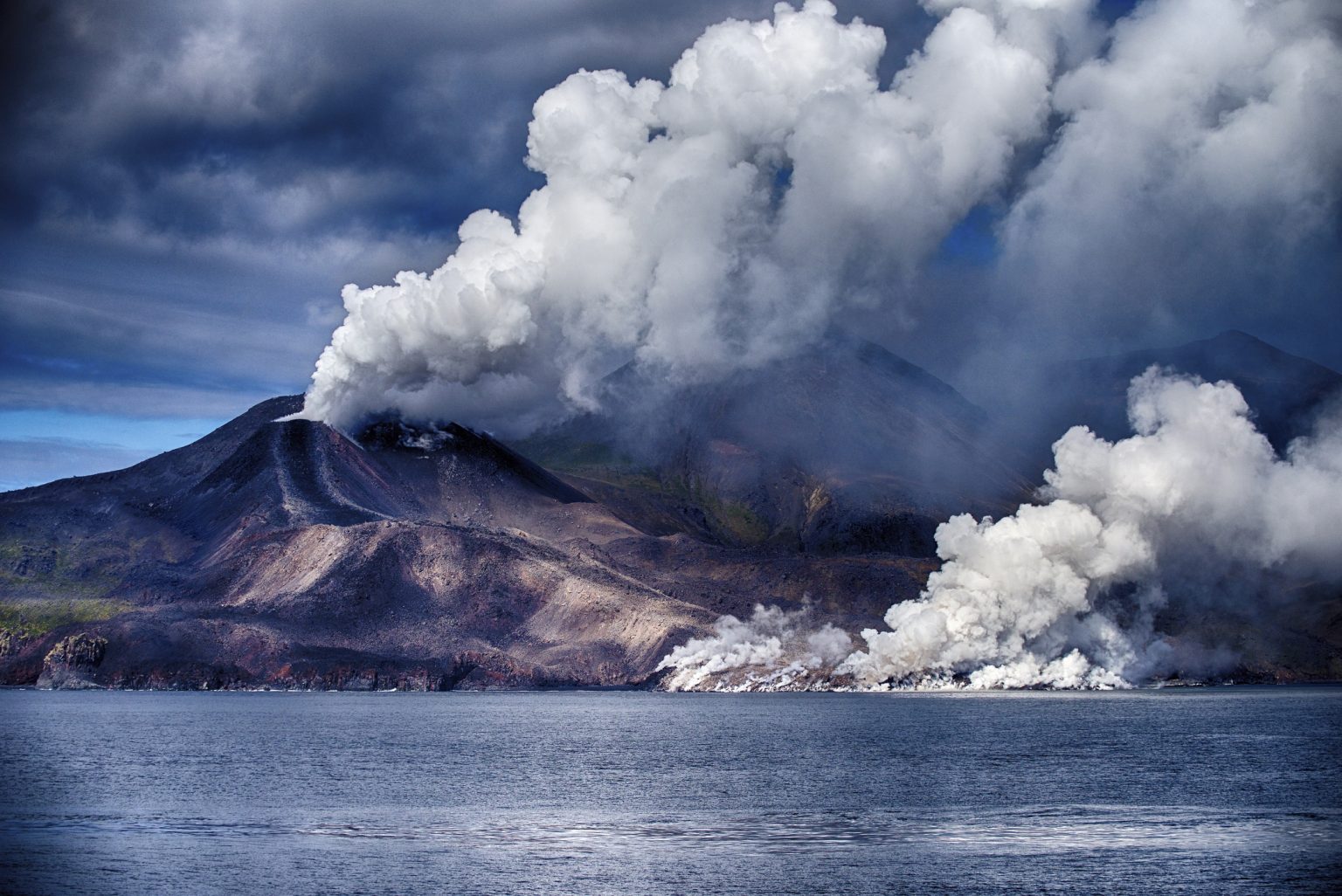The year 1831 witnessed a significant volcanic eruption, one of the largest of the 19th century, which led to a global cooling of approximately one degree Celsius in the Northern Hemisphere. This dramatic temperature drop triggered widespread crop failures and devastating famines across various regions. However, despite the catastrophic impact, the source of this eruption remained a mystery for nearly two centuries, fueling scientific debate and speculation. A recent study published in the Proceedings of the National Academy of Sciences finally unveils the culprit, pinpointing the Zavaritskii caldera on the remote, uninhabited island of Simushir in the Kuril Islands chain as the source of the 1831 eruption.
The Kuril Islands, a volcanic archipelago extending over 800 miles in the northwest Pacific between Japan and Russia, are a hotbed of volcanic activity. The identification of Zavaritskii caldera was achieved through meticulous analysis of polar ice core records, which serve as invaluable time capsules preserving historical climate and environmental data. These ice cores, long cylinders drilled from polar ice sheets, contained microscopic ash deposits from the 1831 eruption. Researchers employed cutting-edge techniques to extract and analyze these minute ash particles, which are about one-tenth the diameter of a human hair.
The intricate chemical analysis of the ash deposits revealed a “perfect fingerprint match” between the ice core samples and samples collected from the Zavaritskii volcano. This crucial match, combined with the precise dating of the ice core layers, allowed researchers to definitively link the 1831 eruption to this specific volcano. The collaborative effort involved researchers from multiple countries, including Japan and Russia, who provided volcanic samples collected decades ago, highlighting the international nature of this scientific breakthrough. The “eureka moment” occurred when the chemical analyses of the ash from the ice core and the volcano proved identical, confirming the source of the eruption.
Further investigation focused on reconstructing the magnitude of the 1831 eruption and its radiative forcing, which refers to the influence of volcanic gases and particles on sunlight and heat. The researchers aimed to determine whether the Zavaritskii eruption could account for the observed climate cooling in the years following the event. Their findings confirmed that the eruption’s scale and radiative forcing were indeed consistent with the documented climate changes, solidifying the case for Zavaritskii as the source of the 1831 eruption. This discovery underscores the significant climate-altering potential of seemingly remote volcanoes like those in the Kuril Islands.
The identification of Zavaritskii caldera not only solves a long-standing geological mystery but also highlights the importance of investigating historical eruptions and their impact on climate. Such studies provide crucial insights into the potential sources of future climate-altering volcanic events. The existence of numerous similar volcanoes in remote locations poses a challenge for predicting the timing and location of future large-magnitude eruptions. This underscores the need for increased scientific research and international collaboration to prepare for and mitigate the potential global consequences of such events.
The 1831 eruption serves as a stark reminder of the powerful influence volcanoes can exert on the global climate system. The study emphasizes the importance of continued research in volcanology, particularly in remote and less-studied regions, to improve our understanding of volcanic hazards and their potential impact on global climate, agriculture, and human societies. The development of strategies for international coordination and response in the face of future large-magnitude eruptions is crucial for mitigating potential global crises similar to those experienced following the 1831 eruption. This research serves as a call to action for the scientific community and governments worldwide to prioritize volcanic monitoring and preparedness.

